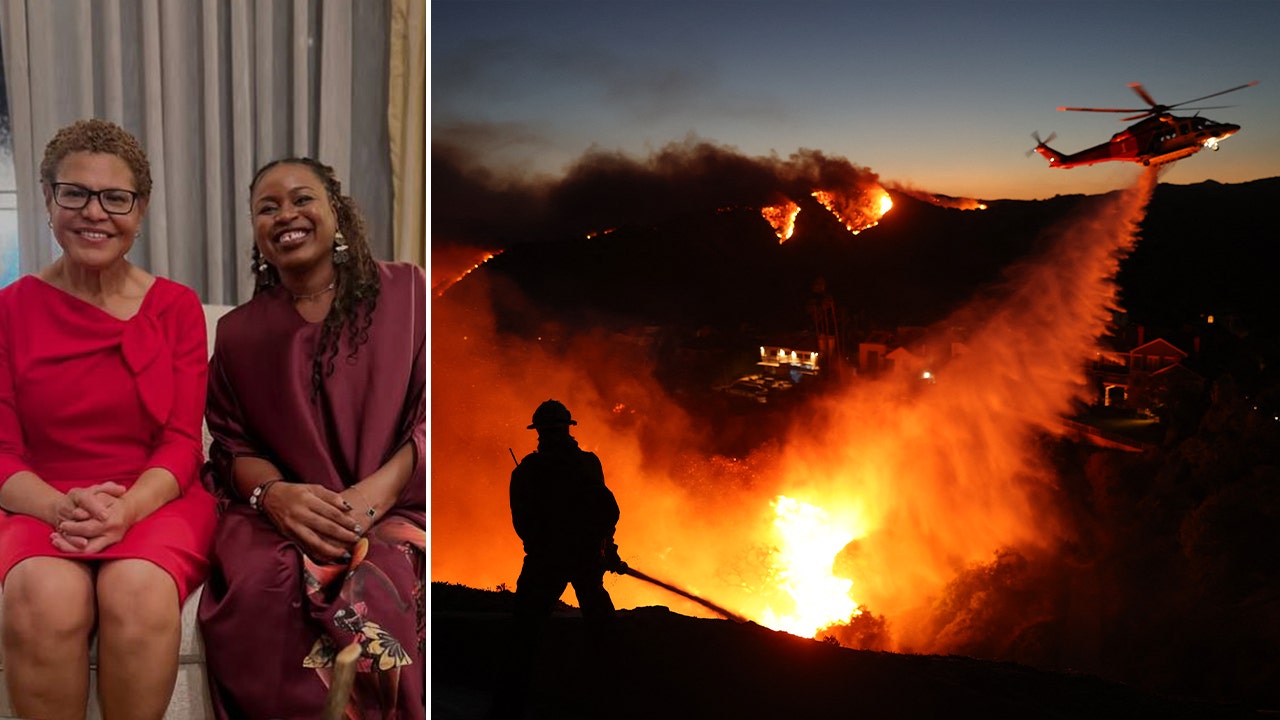Berlin- Germany was not previously known as a country of successive strikes and protests, as the example is given by the relatively stable relationship within the labor market, but what has been happening for days gives a different picture: dozens of tractors obstructing traffic as a way for farmers to protest, a train network almost stopped on many lines due to the drivers’ strike. , doctors threaten to strike and close clinics, and many others.
“There is a clear danger to the social peace, which has long been in question in this country. We only have to look at the increasing poverty, the financial difficulties and the fears that many people are experiencing,” says Eva Wohlbel, economic and social policy advisor at the Rosa Luxemburg Foundation. For Al Jazeera Net.
Large sectors are protesting
Despite the cold climate in Germany currently, the farmers’ protest has not stopped, but rather took a major escalation this week since January 8, after the deployment of tractors and heavy machinery in city centers and highway entrances. Perhaps the biggest reason for the protest is the government’s plans to stop the tax exemption on diesel that farmers were benefiting from, and the protest prompted the government to withdraw from the vehicle tax plan.
Movement within several German cities has become extremely difficult, as the German Farmers’ Union, which is calling for the protest, threatens further escalation against the government’s policies. If the government does not completely stop its plans, next Monday will witness major tractor marches, according to the union.
What increased pressure on the German authorities was that some road freight unions joined the farmers’ protests, due to the authorities’ plans to double fees related to emissions, and the protesters also demanded improving the road network.
While the striking train drivers are protesting to demand an increase in their salaries and a reduction in working hours, the rounds of dialogue between them and the management of Deutsche Bahn (the German train company) have not succeeded in resolving the dispute that may lead to strikes throughout the year.
Many doctors kept their clinics closed on working days between the Christmas holidays and the end of the year in protest against poor compensation and high working hours. There is also discontent in other sectors, including pharmacists, restaurants, bakeries, and craft workers.
“I do not think it is wise to exclude the direct causes of strikes in order to evaluate them,” Felix Anderle from the Center for Conflict Studies at the University of Marburg in Germany, told Al Jazeera Net, pointing out that several of these strikes and protests are not related to each other, but rather coincided together in the same week.
However, the expert adds that Germany has recently witnessed “a more active strike culture, likely linked to high inflation and relatively low wages compared to other industrialized countries,” pointing out that the government was greatly influenced by the way the farmers protested, especially since the size and distribution of the farmers’ protests. It was very significant, and shows frustration that goes beyond the stated demands.
Great pressure on the government
Olaf Schulz’s government has faced many challenges since its formation at the end of 2021, as it inherited the repercussions of the Corona pandemic, and then the war in Ukraine came to create a large wave of inflation and major energy problems, in addition to receiving hundreds of thousands of new refugees.
Then came the budget crisis at the end of 2023 when the Constitutional Court ruled that the transfer of 60 billion euros to the Climate Fund was illegal, leading to a large gap in the 2024 budget that forced spending cuts.
“The current government provided the context for these protests,” says Volpel, noting that it appears that no one within the government thought about the repercussions of this policy on the agricultural sector.
The expert points out that the government’s adherence to austerity, the refusal to impose taxes on the rich, and the absence of a real discussion about the distribution of wealth “which is monopolized by a few families,” will all lead to “fueling social conflicts to a large extent.” The expert also speaks about the conflict between the government components exacerbating the situation.
The German government consists of Social Democratic Party (Chancellor’s Party), andGreen Party Environmentally conscious, andFree Democratic Party Supporter of liberalism. The government is under great political pressure from the opposition, which has opened discussion about early elections to change the government.
According to Anderle, the government is in a “weak position” due to the absence of internal consensus on major policies. He explains that the government faces a major problem due to the debt suppression mechanism (a mechanism enacted in 2009 in the Basic Law that places restrictions on the government to borrow), highlighting that reducing funding What led to the protests is the result of this mechanism.
The same spokesman adds, “The government is in a defensive position. It does not propose any vision for the future, but rather is constantly managing the repercussions of its internal conflicts over what should be cut.”
The right is exploiting the atmosphere
But what appeared to be general discontent in several sectors created fears that the populist and extreme right would exploit the atmosphere, including “neo-Nazis” such as the “Third Way” organization, which does not hide its hostility to the existing German regime, to the point of being willing to use violence.
“Being angry against bad government does not mean using any means. We will continue to protest for the future of agriculture, but in a peaceful manner, and without any escalation into violence,” Karina Greschke, from the German Rural Youth Organization (BDL), participating in the protests, told Al Jazeera Net. .
She added, “We do not question the legitimacy of the elected government. Modern agriculture needs safe planning, but it needs more peace, freedom, and a democratic society. In order for sustainable agriculture to play its role, it must stand firmly on these foundations, and therefore anti-democratic trends will not be tolerated.”
These positions came after multiple reports of neo-Nazis infiltrating a number of farmer protests. Organizations and parties sounded the alarm after the rise in far-right demonstrations in recent months, and immigrants and refugees were part of this targeting.
The authorities are also afraid of publishing calls for a “total strike,” the likes of which the country has not witnessed since its unification. This is a demand that, if achieved, would completely paralyze the country. Members of the right-wing Alternative for Germany party launched these calls, which raise controversy, as the general strike does not have legal or constitutional support.
Anderle highlights that although the Farmers Union has publicly distanced itself from the extreme right, these groups continue to flow among the protesters. He explains that the Alternative Party “presents itself as the voice of the German countryside, even though it had not previously committed itself seriously to agricultural issues. Rather, it proposed plans at the time to reduce all subsidies provided to farmers.”
For her part, Volpel says, “We see a society that is no longer able to emerge from a state of crisis, specifically the repercussions of the pandemic, war, inflation, increasing poverty, and the climate crisis. This permanent pattern of crisis is being exploited by the extreme right to its advantage.”
She continues that this right “quickly understood that the farmers’ protest was a strategic project, and hijacked an essential part of it in order to incite against what it calls the existing regime.”





